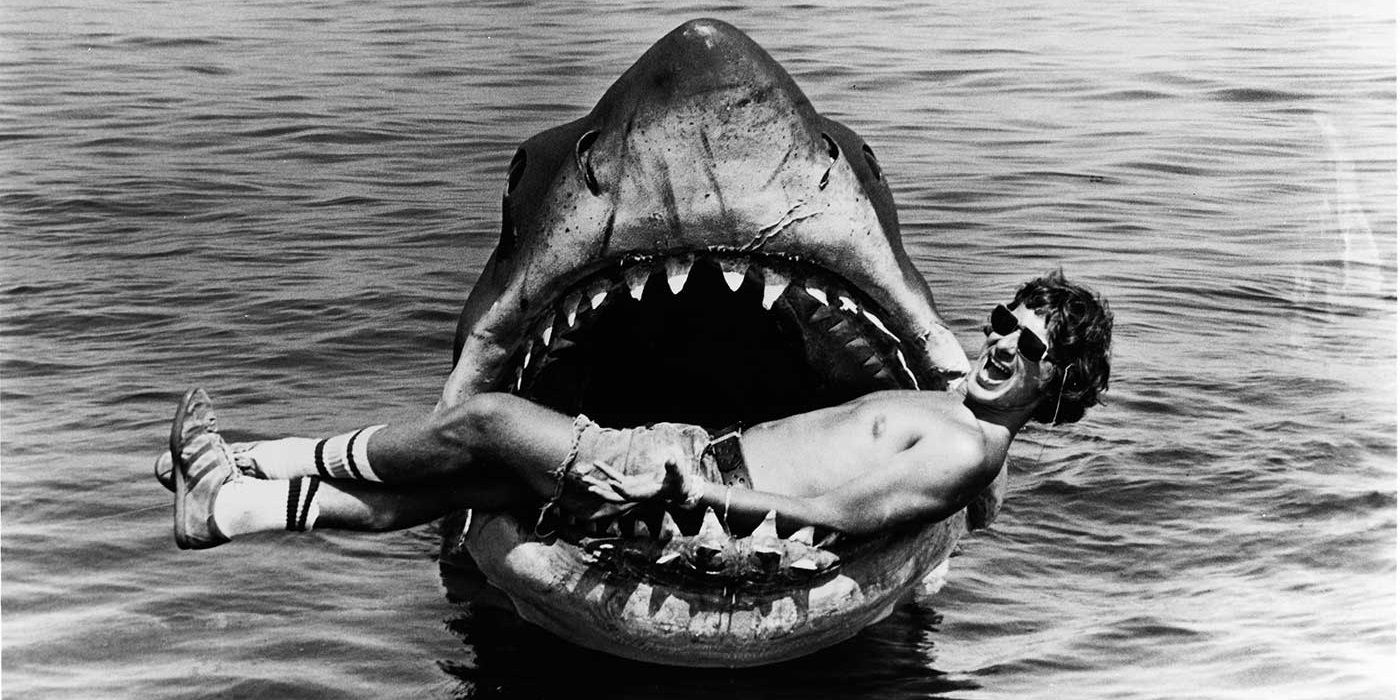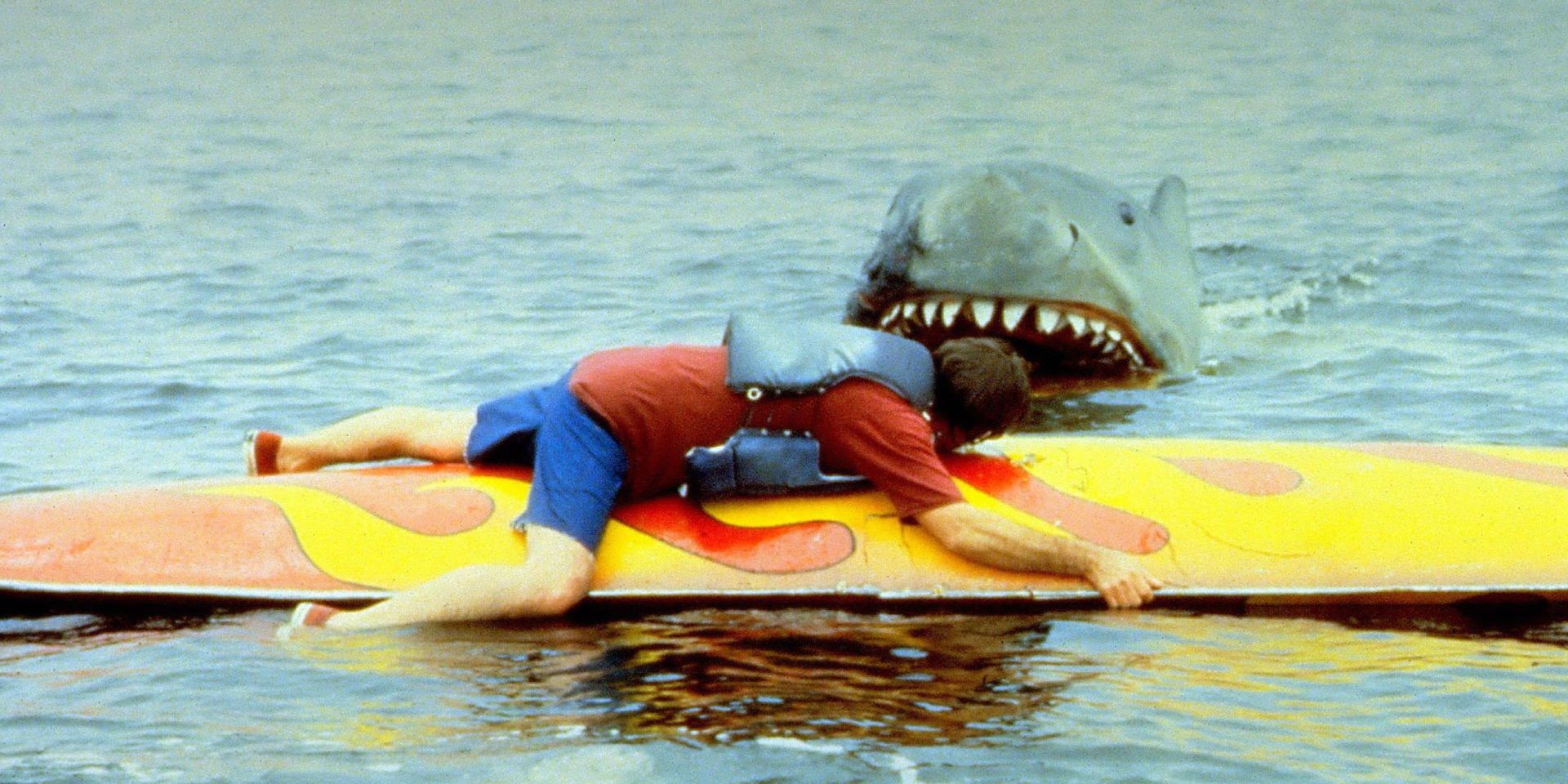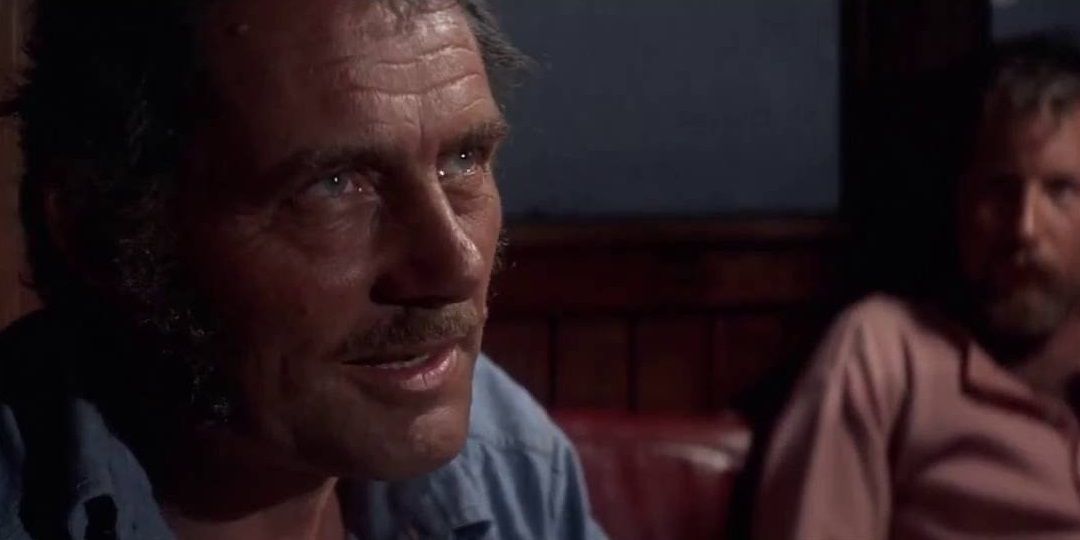If there was ever a movie that didn’t need a sequel, it was Steven Spielberg’s Jaws. Just like there was no need for a Rear Window 2 in which James Stewart broke his other leg and caught a different neighbor committing a crime, there was no need for a Jaws 2 in which another gargantuan great white terrorized Chief Brody and the residents of Amity Island. Spielberg’s 1975 original is a taut Hitchcockian masterpiece with well-rounded characters, rising tension, and edge-of-your-seat suspense. Its sequel, 1978’s Jaws 2, is not.
But as long as there was going to be a sequel, one would hope they’d at least do something new to differentiate it from the original. When Spielberg heard that Universal was interested in making a sequel to Jaws (a no-brainer decision on the studio’s part, given that Jaws had changed Hollywood forever and quickly become the highest-grossing movie of all time), he had a great pitch for a follow-up movie. His idea was essentially to adapt Quint’s unforgettable monologue about surviving the sinking of the USS Indianapolis as a feature-length prequel. This could’ve opened up all kinds of avenues for on-screen horrors and unique characterization. But Universal didn’t go down that route and instead played it safe with a generic shark thriller that could’ve been so much more.
Compared to the other two Jaws sequels that followed – Jaws 3D and Jaws: The Revenge, two of the worst movies ever made bearing the name of one of the greatest movies ever made – Jaws 2 looks like a masterpiece. In retrospect, the second Jaws movie isn’t terrible; it’s one of the many agreeable shark-infested thrillers that arrived in the wake of Jaws’ success. It’s a pretty by-the-numbers sequel, repeating a lot of the same plot points that were handled a lot more effectively in the original, but still providing all the shark-related terror audiences had come to expect (albeit lacking Spielberg’s razor-sharp command of tension).
Like many unnecessary sequels that would follow, Jaws 2 simply doesn’t do anything original, and this is the easiest way for a sequel to fail to justify its existence. The greatest sequels – Aliens, Before Sunrise, The Empire Strikes Back, The Godfather Part II – needed to exist because they added to the characters and their stories and brought plenty of new elements to the established formula. Martin Scorsese’s primary criticism of Marvel’s moviemaking model is that its films are sequels in name, but remakes in spirit, as they often repeat the same familiar beats that made their predecessors so successful. Like Die Hard 2, The Hangover Part II, and Home Alone 2: Lost in New York, Jaws 2 is essentially a remake of its predecessor.
Spielberg’s Indianapolis prequel idea is much more exciting and original than Jaws 2’s rinse-and-repeat plot. Much like James Cameron’s Aliens would later replace the single xenomorph of Ridley Scott’s 1979 original with a swarm of dozens of xenomorphs, Spielberg’s Jaws 2 would’ve replaced the first film’s one shark with an entire shiver of hungry sharks. Instead of three guys on a plucky little fishing vessel, it would see a sinking warship filled with over 1,000 soldiers being devoured by sharks in a nonstop feeding frenzy. After Jaws expertly built up suspense to a handful of big scares, the Indianapolis movie could’ve been a great vehicle to up the stakes with wall-to-wall terror that doesn’t give the audience a second to breathe.
Finding the perfect actor to play a young Quint would’ve been a fun casting challenge. Like Robert De Niro’s turn as a young Vito in the second Godfather movie, it would’ve been a great opportunity for an up-and-coming star to present a fresh take on the most memorable role of a screen legend. Seeing a younger, less grizzled version of the character Robert Shaw made iconic in the original movie, facing one of many near-death experiences that will later contribute to that grizzle, could’ve kicked off a much more successful Jaws franchise and offered an early stepping stone into the world of cinematic universes. But, to Jaws 2’s credit, for everything it did wrong, it does have one of the greatest poster taglines of all time: “Just when you thought it was safe to go back in the water...”
The story of the sinking of the Indianapolis was eventually told on-screen in 2016 in Mario Van Peebles’ USS Indianapolis: Men of Courage starring Nicolas Cage as the captain, but that movie got almost everything wrong, from the historical accuracy to the basic tenets of filmmaking. Spielberg could’ve brought this terrifying seafaring adventure to life as an elevated B-movie in the same vein as Jaws. Instead, we’re left with a bottom-of-the-bargain-bin monstrosity that, like Michael Bay’s Pearl Harbor, focuses on a random made-up melodramatic love story instead of the fascinating chapter of history at hand.



